
Let’s imagine for a moment: you’re out in the wild, engulfed by the serenity of nature, when suddenly a magnificent deer leaps across your path. You fumble for your camera, panicking as you struggle to turn it on, and just when you’re ready, the deer’s long gone, leaving you with a blurry image of a tree trunk. Welcome to the unique, often hilarious world of camping photography, my friends! We’re here to help you with 12 awesome camping photography tips.
Camping and photography, much like s’mores and campfires or mosquitoes and bug spray, just go hand-in-hand. There’s a kind of magic in freezing those ephemeral, stunning moments of nature into a frame. However, we all know that the reality of capturing these moments isn’t always as graceful or tranquil as the scene we’re trying to photograph. Like that time you slipped on a mossy rock while trying to get the perfect waterfall shot, remember? No? Just me then.
This article is for all you budding Ansel Adamses and Georgia O’Keeffes, who are keen to chronicle their camping adventures but might be a bit “green” when it comes to camping or photography. Here, we’ll dive into 12 essential yet easy-to-grasp tips that will have you snapping awe-inspiring photos in no time. Each tip comes with a splash of humor because, let’s face it, what’s an adventure without some laughs? So buckle up, and let’s embark on this journey of learning the ropes of camping photography, one amusing anecdote at a time.
The Importance of Preparation
Picture this: You’ve trekked three miles up a mountain, found the perfect spot overlooking a breathtaking vista. You whip out your camera, only to realize that you’ve forgotten to charge your batteries. Now you’re left with the daunting task of etching the entire scene into your memory. Sure, it’s good practice for mindfulness, but let’s admit, that’s not the kind of memory game we signed up for!
A golden rule of camping, and of life in general, is that preparation is key. And when it comes to photography, it’s doubly so. Conducting pre-trip research about your camping destination can save you a ton of headaches (and give your memory cells a break). Get familiar with the landscapes, local flora, and fauna, sunrise and sunset times, and weather conditions. Knowing what to expect allows you to anticipate the kinds of images you’ll be able to capture.
Now, let’s talk about packing. If you think packing for a regular trip is a puzzle, wait until you have to fit in your photography gear as well. The last thing you want is to go all Hulk on your backpack because you can’t fit your extra lens. Make a checklist of essential items you’ll need: a sturdy yet lightweight tripod, extra batteries, memory cards, lenses suitable for different shots, and protective gear for your equipment. And remember, packing marshmallows is important, but ensuring you have an extra memory card is importanter.
Lastly, brace yourself for surprises because nature is full of them. One moment the sun is shining, the next moment you’re re-enacting scenes from Singin’ in the Rain. So, ensure you have back-up plans and protective gear for your camera because the weather, like a cat, never obeys your commands.
So prepare, prepare, and prepare! Because as the old saying goes, “Failing to prepare is preparing to watch the best shot saunter off into the wilderness while your camera battery flashes a low battery sign.” Okay, maybe that’s not how the saying goes, but you get the point.
Knowing Your Equipment
Once upon a time, a newbie camper decided to buy the latest high-tech camera on the market. As he stood amidst the towering trees, he took out his shiny new gadget, flipped it on, and… spent the next hour fumbling through an encyclopedia-thick manual trying to figure out how to adjust the aperture. The moral of the story? Know your gear, folks!
It’s essential to remember that a camera, no matter how advanced, is only as good as the person using it. Don’t just splurge on the latest model, hoping it will do the heavy lifting for you. Instead, spend time getting to know your camera – its capabilities, limitations, settings, and quirks.
Start with the basics: Learn what each button does, how to adjust focus, and how to switch between different shooting modes. A good exercise would be to shoot the same subject in different modes and observe the differences. Make friends with your camera’s manual (as boring as it may seem), or find tutorials online – they can offer insight into features you didn’t even know existed.
Practice using your gear at home before you head out on your camping trip. Try taking pictures in different light conditions, and get comfortable changing lenses quickly if your camera has that feature. Nobody wants to be the person who spent 10 minutes changing a lens only to miss a shooting star.
Remember, camping in the wilderness is not the best place to be a tech noob. Your camera won’t sprout legs to chase after a fleeting deer, nor will it grow an umbrella to shield itself from a sudden downpour. It’s up to you to handle it right.
So, campers, remember to pack your understanding of your equipment alongside your gear. It’s lighter than a tent and certainly more useful than that sixth pair of socks you were thinking of bringing.
Embracing the Golden Hours
Ever wondered why your friend’s dawn Instagram shots look so ethereal while yours resemble a scene from a low-budget horror flick? Welcome to the club! What your friend has discovered is the secret magic of the “Golden Hour.”
The Golden Hour is that magical time right after sunrise and right before sunset when the sunlight is soft, warm, and just perfect for dreamy photographs. So yes, it might mean you need to break up with your sleeping bag at an ungodly hour or postpone that delicious campfire dinner. But the reward? Shots so beautiful they could make a grown bear weep.
You see, sunlight during the midday is harsh and leads to strong shadows, overexposed images, or washed-out colors. But during the Golden Hour, the sun is at a lower angle, producing a soft, diffused light that can turn even a humble pebble into a thing of beauty.
You can use a variety of mobile apps or online tools to calculate the exact timing of the Golden Hour at your location. Because, as we all know, the sun can be a bit like that friend who never shows up when they say they will.
Remember, every cloud, leaf, or mountain you photograph during the Golden Hour will thank you by turning into a glorious subject that whispers tales of enchantment. And on a side note, a sunrise or sunset time-lapse can make even the grumpiest of camping companions forget about that time you accidentally used their toothbrush. It’s worth a try!
Weather Your Frenemy
There was once a photographer who set up his tent under clear skies and dreamt of a sunrise shoot. The next morning, he woke up to an unexpected downpour and a family of raccoons seeking shelter in his tent. His planned sunrise shoot turned into an impromptu wildlife shoot, and the raccoons made for delightful if unexpected, models!
This is a fun reminder that weather in the wilderness can be as unpredictable as a toddler’s mood swings. However, unlike temperamental toddlers, different weather conditions can add a unique mood and depth to your photographs.
A sunny day might offer clear, vibrant pictures. Cloudy skies can provide soft, diffused lighting and also add drama to your landscapes. Rain can turn your campsite into a world glistening with droplets, while fog can transform it into a mysterious wonderland straight out of a fairytale.
The trick is to adapt and use the weather to your advantage. But remember, while your enthusiasm to get that perfect shot might be waterproof, your gear probably isn’t. So, always pack protective equipment for your camera. Because the only thing sadder than a wet camper is a wet camera.
In short, the weather is a fickle friend. It might not always do what you want, but it can offer you unique, breathtaking photo opportunities. So, let’s raise a toast (with our travel mugs, of course) to unpredictable weather – the secret ingredient in the recipe for extraordinary camping photography!
The Rule of Thirds
Did you ever wonder why some photos just look so darn pleasing, even when the subject is as exciting as a potato? There’s a good chance that the photographer knew about the ‘Rule of Thirds’ while all along you were using the ‘Rule of Potluck’ (a.k.a. point-and-shoot and hope for the best).
The Rule of Thirds is one of the basic yet powerful principles of photography. Imagine dividing your frame with two equally spaced horizontal and vertical lines, creating a grid of nine squares. According to the Rule of Thirds, placing your subject along these lines or at their intersections leads to a more balanced and compelling composition.
So next time, instead of placing that magnificent mountain peak smack dab in the center of your frame, try positioning it at one of the grid intersections. The result? A shot that allows the viewer’s eye to wander through the image, soaking up all the elements and possibly mistaking you for a professional photographer.
It’s okay if you feel like you’re back in a high school geometry class. The good news is, many cameras and even smartphones come with an option to overlay this grid on your screen.
Now, the Rule of Thirds isn’t a strict law, more like a guideline. There are times to break it when the composition calls for it. Because in photography, as in camping, sometimes the rules are meant to be broken. But remember, breaking the rules successfully requires knowing them first, so keep practicing!
To summarize, applying the Rule of Thirds is like adding a secret spice to your favorite campfire meal. It might not be the main ingredient, but it sure does enhance the flavor and make everything look pretty on your plate (or, in this case, your frame).
Capturing Candid Moments
Have you ever noticed how some photos just make you yawn while others make you feel like you’re part of the scene? Here’s a little secret: The difference often lies between staging a shot and capturing a candid moment.
Remember that group photo where everyone was posed as stiffly as scarecrows, and you forgot to take off your sunglasses upside down? That, my friends, is a staged photo. While it’s a great memory, it lacks the spontaneity and emotion of a candid moment.
Candid photography is about capturing unscripted moments. It’s about your friend roaring with laughter around the campfire, a squirrel cheekily stealing your trail mix or your own reflection in a calm lake. These unposed moments are filled with authenticity and can make your photos come alive.
Now, the tricky part about candid photography is that you can’t really plan for it. You have to be observant, patient, and quick. Keep your camera close at hand and always be ready to click. And remember, it’s not stalking if you’re trying to capture a candid shot of your fellow campers (just make sure they’re okay with it!).
Shooting candid also involves letting go of the idea of a “perfect” shot. Embrace the blurs, the unexpected elements, and the raw emotions. Because, in the end, camping is all about enjoying the wilderness, the company, and, yes, the occasional marshmallow that caught on fire. And candid photography captures the essence of these imperfectly perfect moments.
To put it simply, candid photography is like the surprise crunch in your smooth peanut butter. It’s unexpected, it’s fun, and it makes the whole camping photography experience a whole lot richer. So, campers, get ready to play paparazzi in the wilderness!
Mastering Macro Photography
Picture this: You’re crouched over a ladybug, your camera lens inches away, as your fellow campers wonder if you’ve lost a contact lens. Congratulations! You’ve just entered the fascinating world of macro photography!
Macro photography is the art of taking close-up pictures that reveal details often missed by the naked eye. It’s about finding the extraordinary in the ordinary. In a camping scenario, this could mean capturing the dewdrops on a leaf, the intricate pattern of a butterfly’s wings, or the textures of a pinecone.
One might think that macro photography is the domain of high-end cameras and specialized lenses, but it’s quite possible to take great macro shots even with a basic camera or a smartphone. Some cameras have a macro mode you can use, or you can invest in a clip-on macro lens for your phone.
When taking macro shots, remember to be patient and gentle. Disturbing your tiny subjects can make them fly, crawl, or slither away (and also, it’s their home you’re visiting). Keep your hands steady, as even a small shake can blur your shot. And pay attention to lighting – using a natural light source, like the sun, can enhance your photos.
Macro photography requires you to see the world from a bug’s perspective (minus the antennae and the multi-faceted eyes). It’s an opportunity to discover a hidden universe teeming with life and beauty at your campsite. Plus, how else can you make your friends guess if the subject of your photo is the surface of an alien planet or the top of a mushroom?
So grab your gear, channel your inner Alice (from Wonderland, not from Accounting), and get ready to explore the ‘macro’ world of the great outdoors! It might be tiny, but it packs a punch of photographic opportunities.
Adding a Human Element
Camping is about the vast landscapes, the towering trees, the glistening rivers, and… Dave? Yes, you heard right. Adding a human element (like your buddy Dave) to your photos can add a new layer of depth, scale, and emotion to them.
Imagine a picture of a sprawling landscape with mountains in the background. Now add Dave (wearing a bright jacket) standing at the edge of the scene, looking out towards the mountains. Voila! Your photo just went from a postcard image to a story. Dave’s presence not only provides a sense of scale to the landscape but also invites viewers to place themselves in his shoes, making the image more relatable and compelling.
Now, this doesn’t mean you start treating your camping trips like fashion shoots (unless that’s your thing, no judgment here!). Subtlety is the key. Perhaps a silhouette of a friend raising a cup of coffee towards the sunrise, a pair of boots next to a tent, or even a blurred figure walking through a forest can add a captivating human touch to your pictures.
Adding a human element to your photos is like adding a plot to a beautiful backdrop. It doesn’t take away from the scene but enhances it by adding context and evoking emotions. So next time you’re out shooting the wilderness, don’t forget to include your friends in the frame. Not only will it make your photos more interesting, but it will also make Dave feel like a model (and who doesn’t want a camping buddy with a confidence boost?).
Experimenting with Angles
Camping is all about adventure, and your photography should mirror that spirit. So why stick to the plain old eye-level shots when you can explore a variety of angles and perspectives?
Think of the world as your personal jungle gym (with respect to nature, of course). Try climbing up a hill for a high-angle shot of your campsite, or get low to the ground and photograph from an ant’s viewpoint. Lean against a tree for a slanted angle, or capture a lakeside reflection.
Imagine a campfire scene. An eye-level shot would capture your friends roasting marshmallows. But what about a low-angle shot from the fire’s perspective, with the flames reaching toward the starry sky and your friends’ faces lit by the warm glow? Feels different, right?
Different angles can dramatically change the mood and storytelling of your photos. They provide a fresh, unique view of the world and make your photos stand out. Plus, they’re a great way to hide that pile of unwashed camping dishes from your frame (we won’t tell).
Remember, there’s no hard and fast rule about what angle is the best. The best photographers experiment, make mistakes, learn, and then experiment some more.
So break out of your comfort zone, embrace your inner contortionist, and start shooting from unique angles. After all, camping is about pushing boundaries and making memorable stories. And what better way to tell those stories than through innovative and interesting photographs? Just make sure you don’t roll down a hill in pursuit of that perfect shot. Safety first, fellow campers!
Respect for Nature and Wildlife
In the world of camping photography, there’s one rule that stands above all: Respect Mother Nature. While we’re all eager to capture that award-winning shot, it should never be at the expense of the environment or the creatures that call it home.
Let’s say you spot a deer grazing in a meadow. The sight is beautiful, so you creep closer, camera at the ready. But suddenly, the deer spots you and bolts, leaving you with a blurred photo and a heavy conscience. What went wrong? Simple: you disturbed the wildlife in their natural habitat.
Here are a few golden rules for ethical camping photography:
Keep a safe distance from wildlife: Zoom in with your camera, not your feet. Remember, this is their home, and we are the visitors.
Never feed animals for the sake of a photo: That cheeky squirrel might look cute munching on your candy bar, but human food can be harmful to wildlife.
Leave no trace: Don’t trample vegetation or move rocks for a better composition. Pack out all your trash, including biodegradables like fruit peels.
Avoid sensitive areas and times: Some places, like nesting areas, should be off-limits to protect wildlife. Similarly, avoid flash photography at night, which can disturb animals.
Respecting nature while photographing isn’t just ethical, but it also makes for a better experience and better photos. Shots taken ethically have a story you can be proud of – a story of coexistence and respect.
So, before you step into the wild with your camera, remember to pack your respect for nature. It’s one item that doesn’t take up any space in your backpack but makes a huge difference in your camping experience and your photography. After all, a picture is worth a thousand words, but a picture taken with respect and consideration? That’s priceless.
Enjoy the Moment
Our final tip might seem counterintuitive, but trust us, it’s just as important as all the others: Don’t forget to put down your camera. Yes, you read that right. It’s easy to get so wrapped up in capturing the perfect shot that you forget to soak in the beauty around you.
Photography is a fantastic way to memorialize your camping adventures, but it shouldn’t overshadow the experience itself. The sound of rustling leaves, the smell of a campfire, the sensation of cool river water on your skin – these are moments that can’t be captured in a photograph.
Take time to live in the present, laugh with your friends, gaze at the stars, roast marshmallows, and yes, get that inevitable smoke in your eyes from the campfire. These little moments are what make camping such a magical experience.
Imagine you’re back home, going through your photos. That shot of the majestic sunrise is beautiful, but it’s the memory of waking up early, the chill of the morning air, and the warmth of the first rays of sun on your face that will make you smile.
It’s about striking a balance. Aim for photos that will make your friends green with envy but also create memories that will warm your heart.
In the end, your camping trip is not just about the beautiful pictures you bring back but also the unforgettable experiences and stories you collect. After all, you are more than just a photographer on these trips – you’re an adventurer, a storyteller, a friend, and possibly a s’mores connoisseur.
So there you have it, fellow campers – our twelve essential tips to elevate your camping photography game. Pack your gear, lace up your boots, and get ready to capture the wild! Just remember, if you take a photo in the wilderness and don’t post it on social media, did it really happen? That, my friends, is a question for another day. Happy camping!
XII. Conclusion
Well, there you have it, eager campers and budding photographers! Twelve hearty, field-tested tips to get your camping photography game from “Oops, was my finger over the lens?” to “Wow, National Geographic should hire you!”
Camping photography isn’t just about capturing gorgeous landscapes or cool wildlife. It’s about documenting a journey, a story, a memory. With every shutter click, you’re not just taking a photo; you’re freezing a moment in time that you can revisit and relive.
So, on your next camping trip, remember these camping photography tips:
- Planning ahead will save you from the “I wish I had brought…” syndrome.
- Harnessing the golden and blue hours will have you bathing in beautiful light.
- Getting familiar with your gear before your trip will prevent awkward “How does this thing work?” moments.
- Recognizing that weather can be a frenemy, adding drama and depth to your photos.
- Using the rule of thirds to frame your shots like a pro.
- Capturing candid moments to breathe life into your photos.
- Exploring the tiny world of macro photography for a change of perspective.
- Including a human element to make your photos more relatable and interesting.
- Experimenting with angles to add a unique perspective to your shots.
- Respecting Mother Nature and the creatures who call her home.
- Remembering to put down your camera and savor the moment.
- But most importantly, remember that camping photography, like camping itself, is about having fun and making memories. So don’t stress about getting the perfect shot. Instead, enjoy the process of exploring, learning, and growing as a photographer.
And remember, even if you return with a bunch of blurry photos, as long as you come back with a head full of beautiful memories and a heart full of joy, you’ve hit the jackpot. So load up your gear, strap on your boots, and head into the wild with your camera ready to capture your next adventure.
Happy camping and happier clicking! We can’t wait to see the fantastic stories you’re going to tell with your photos. Remember, every picture is worth a thousand words. So go out there, and start writing your story, one shutter click at a time!

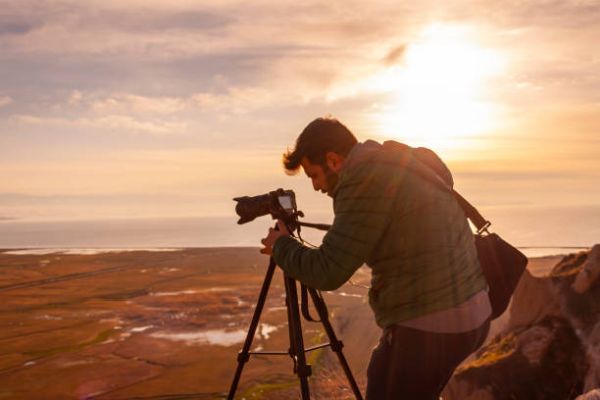
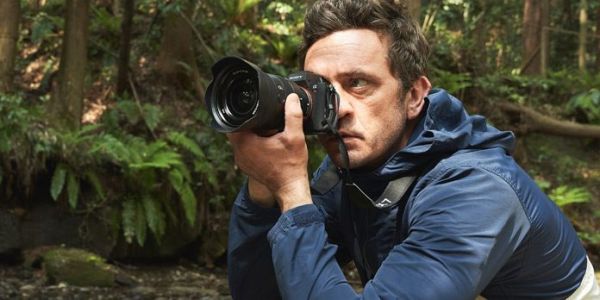
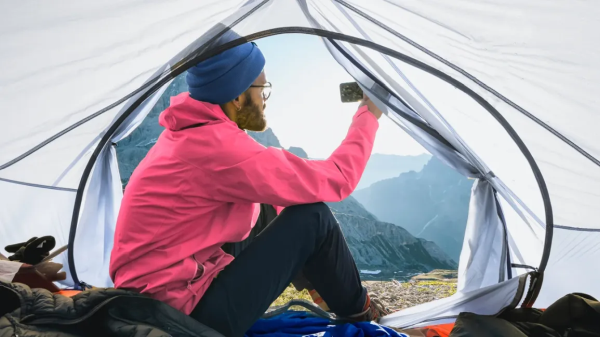
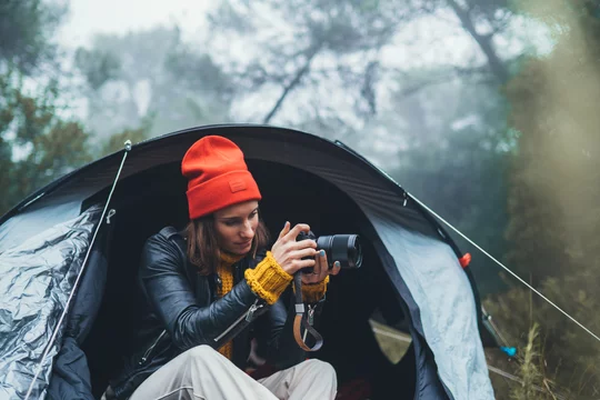
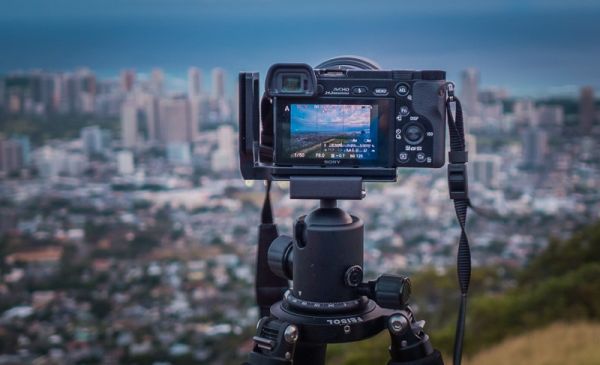
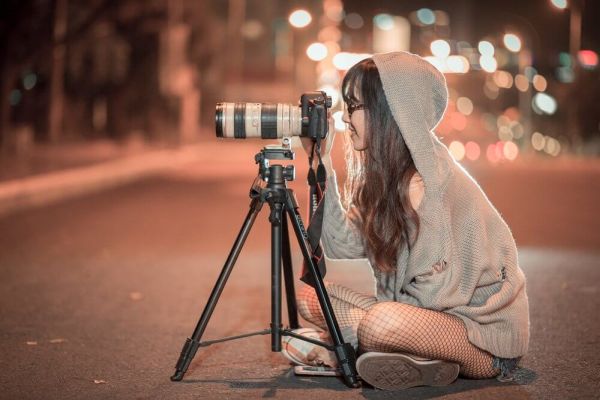
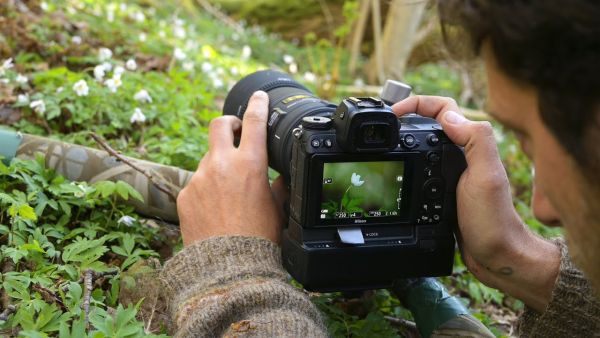
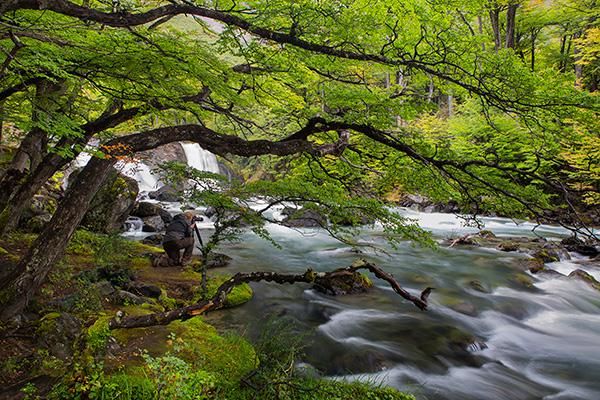
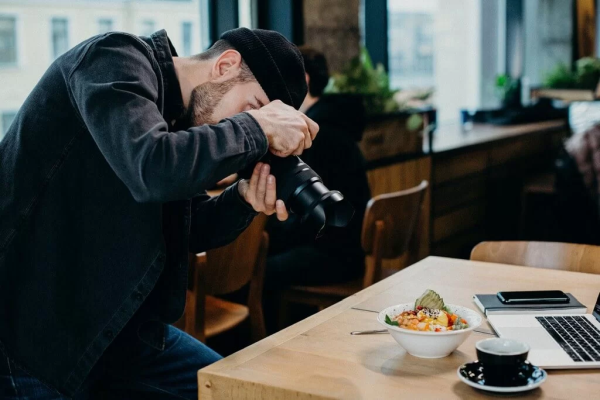
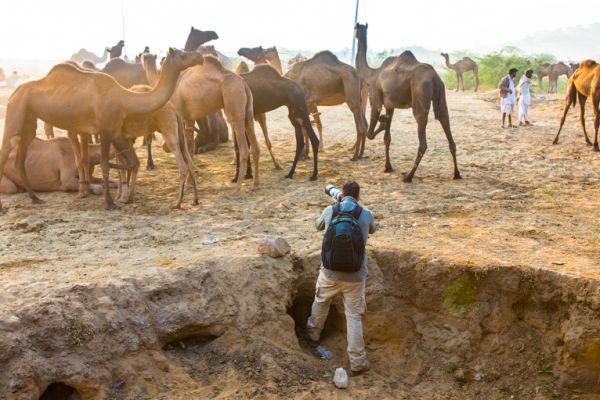
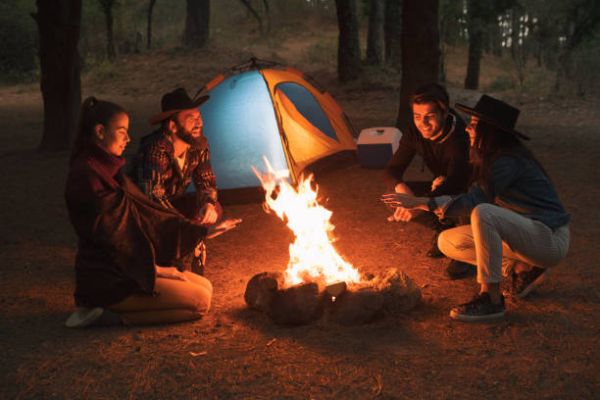
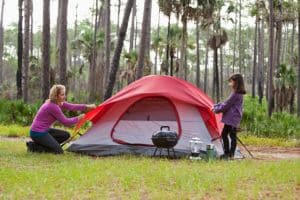
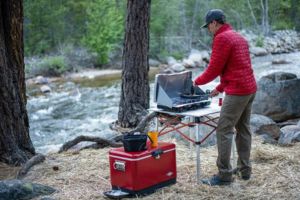
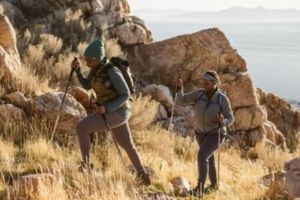
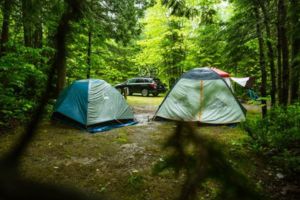
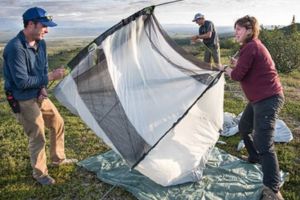
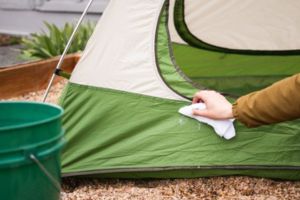
Leave A Comment